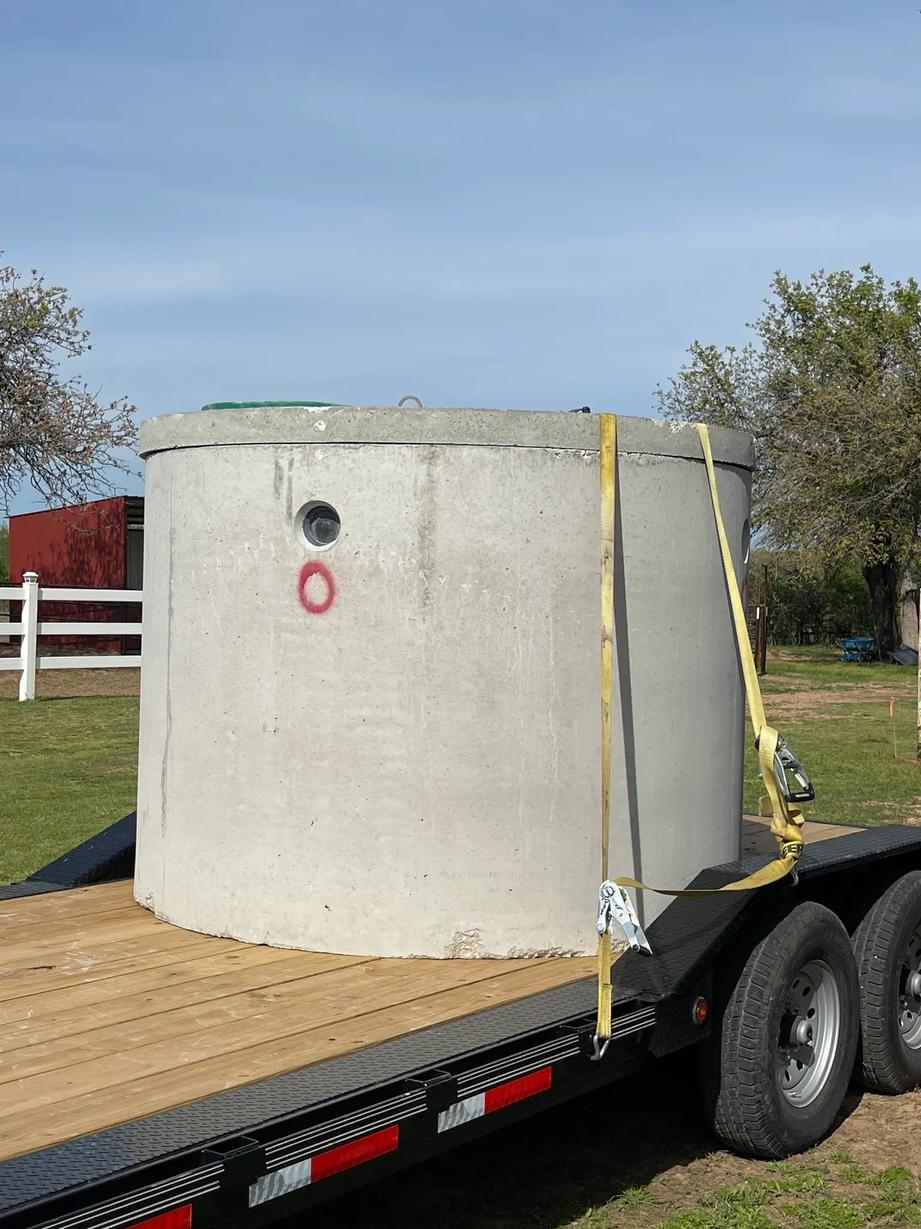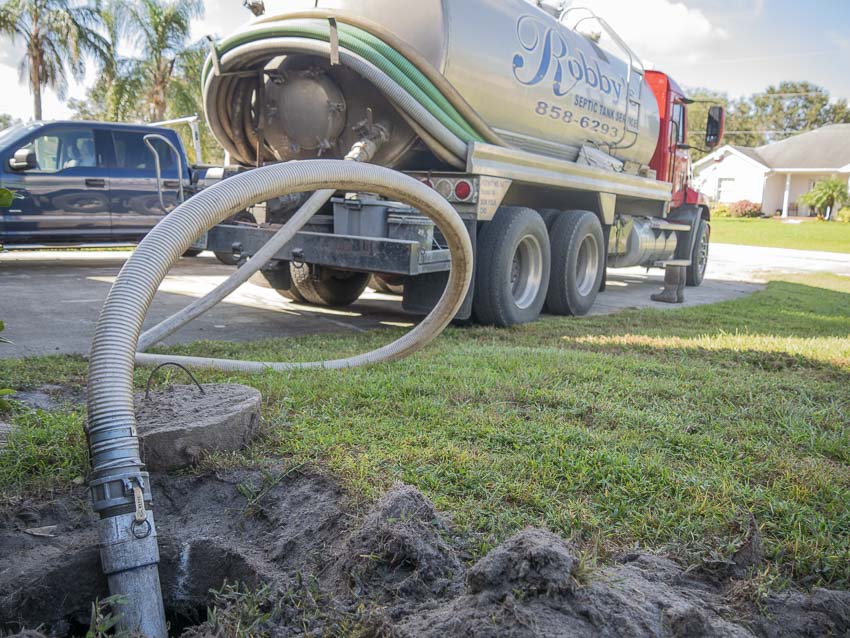Facts About Stillwell Septic And Grading Uncovered
Facts About Stillwell Septic And Grading Uncovered
Blog Article
Some Known Incorrect Statements About Stillwell Septic And Grading
Table of ContentsThe Facts About Stillwell Septic And Grading RevealedHow Stillwell Septic And Grading can Save You Time, Stress, and Money.Not known Factual Statements About Stillwell Septic And Grading 7 Easy Facts About Stillwell Septic And Grading ShownStillwell Septic And Grading for BeginnersThe Single Strategy To Use For Stillwell Septic And GradingStillwell Septic And Grading - An Overview
Generally, septic system setup is a complicated process that calls for mindful preparation and execution. Property owners need to deal with a trusted installment group and understand neighborhood guidelines and requirements to ensure that their septic tank works correctly for years ahead. After the sewage-disposal tank has actually been set up and attached to the drain field, it is time to backfill the location.The backfill material need to be without clods, huge rocks, frozen issue, and particles that can lead to gaps in the backfill that might allow clearing up in time. Squashed rock or pea crushed rock 1/2-inch in diameter is favored if indigenous products are not suitable. As soon as the backfilling is total, it is time to landscape the area.
When the septic system has been mounted, it is important to evaluate it to make sure that it is working properly (Septic Service, Maintenance and Installation). https://stillwell-septic-and-grading.webflow.io/. Checking the system entails examining for leaks, making sure that the container goes to the suitable degree, and examining the drain area. One of the most typical examinations performed is the hydraulic load test
Stillwell Septic And Grading for Beginners
The water is after that kept an eye on to ensure that it flows appropriately with the pipelines and into the drain field. If the water does not stream appropriately or supports right into the tank, it may indicate a trouble with the system. An additional test that is commonly executed is the color test.
The dye is after that kept an eye on to make sure that it streams properly through the pipes and right into the drain area. If the dye does not flow appropriately or appears in the incorrect location, it might show a trouble with the system. It is vital to have an expert carry out these examinations to guarantee that they are done properly.

Getting My Stillwell Septic And Grading To Work
Right here are some vital ideas for house owners to maintain their septic system: The average family septic system should be checked a minimum of every three years by a septic service professional. The frequency of pumping depends on the size of the storage tank and the variety of people using it. https://anotepad.com/note/read/24cj6eyr. A basic regulation of thumb is to pump the container every three to 5 years
Making use of water-efficient fixtures and home appliances, such as low-flow showerheads and bathrooms, can minimize water usage and aid the septic system job more successfully. Just flush bathroom tissue and human waste down the bathroom. Prevent purging anything else, including womanly health products, baby wipes, and food preparation oil, as they can obstruct the system.
Stillwell Septic And Grading Fundamentals Explained
Septic system installment is an intricate procedure that calls for careful planning and implementation. Homeowners need to be aware of the necessary actions included in the installation procedure to ensure that their septic system works appropriately and efficiently. The initial step is to examine the site where the septic tank will be set up.
When the website has been reviewed, the following action is to prepare for the setup. House owners must guarantee that their specialist is experienced in septic tank setup and will work alongside them throughout the process.
What Does Stillwell Septic And Grading Mean?

Home owners need to be conscious of the necessary actions included in the installation procedure to make sure that their septic tank works appropriately and efficiently. By adhering to these steps and keeping their system, homeowners can relax ensured that their septic tank will give reliable wastewater therapy for several years to come.
Almost one in five U.S. homes have septic tanks. Yours might be just one of them. If you're not correctly keeping your septic tank, you're click to read not only hurting the setting, you're placing your household's health at riskand may be flushing thousands of dollars away! Do Your Part, Be SepticSmart: The Do's and Do n'ts of Your Septic tank.
Some Known Details About Stillwell Septic And Grading

All that additional water can truly strain your septic system. This can be valuable especially if your system has actually not been pumped in a lengthy time.
Some Known Factual Statements About Stillwell Septic And Grading
Know your system's area. When you have the tank pumped, draw a diagram or map showing its place in connection to dealt with points - corners of your home, actions, or fencing blog posts. Ask the pumper to help you situate the drainfield. Note its area on your representation, along with the place of your alcohol consumption water well.
Decrease the amount of wastewater that must be treated and disposed of by your system: Wash no even more than one or two tons of clothes daily. Up to 53 gallons of water flooding your septic system with each tons, so it's finest to spread washing out over the week.
Report this page